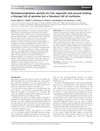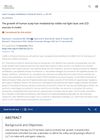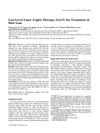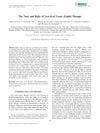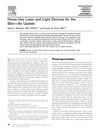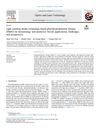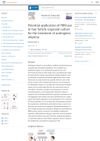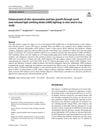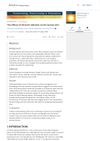Photobiomodulation of Human Dermal Fibroblasts In Vitro: Decisive Role of Cell Culture Conditions and Treatment Protocols on Experimental Outcome
June 2017
in “
Scientific Reports
”
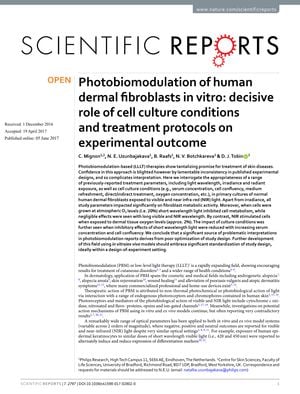
TLDR Different lab conditions and light treatment methods change how human skin cells respond to light therapy.
The study examined the impact of photobiomodulation (PBM) on human dermal fibroblasts in vitro, revealing that various cell culture conditions and treatment protocols significantly affect the cells' metabolic activity in response to light treatment. Key findings include the observation that physiological oxygen levels (2%) and near-infrared light stimulate fibroblast activity, while higher oxygen levels (20%) and short wavelength light inhibit it. The study also found that factors such as cell confluency, serum concentration, and medium refreshment after light treatment play a crucial role in the cells' response to PBM. The study's results challenge previous literature by showing no strong effect of irradiance or on relative cell number after light treatment. The study involved a small sample size from 3 donors and technical replicates (n=3), and it suggests that future research should closely mimic physiological conditions and report these conditions for better interpretation and application of PBM in clinical settings.

